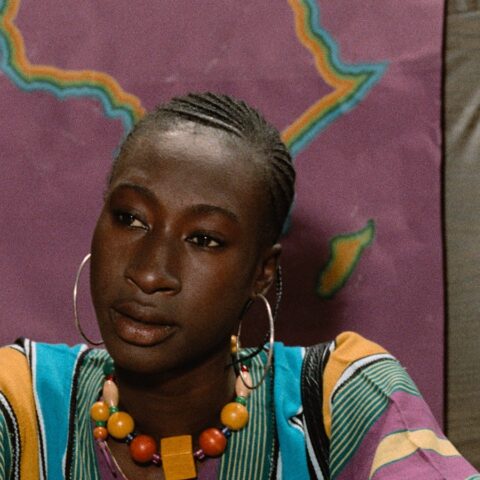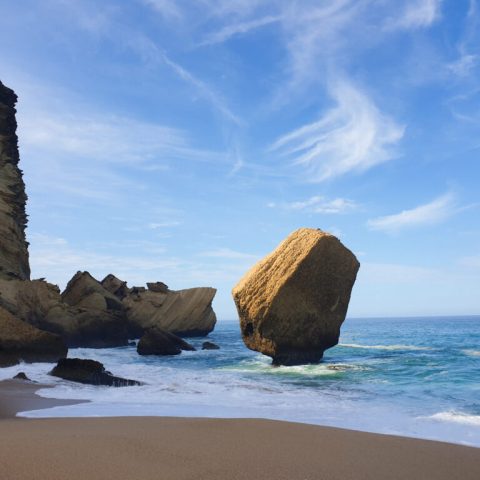THE BAHAMIAN EXPERIENCE
By Nicolette Bethel
Monday, November 22, 2010.
We need our artists.
It’s not enough to be a creative people; it’s not enough to be a tourist destination; it’s not enough to have majority rule; it’s not enough to be the wealthiest independent country in the Caribbean. Without our artists, we are as poor as an Untouchable in Bombay.
Poorer, probably. At least Untouchables know who they are.
I had the pleasure this evening of attending a presentation being given to the National Cultural Commission on culture and tourism by the Director-General of Tourism. As usual, the discussion was lively. As usual, it was loud. But among the many jewels of the conversation that arose from the discussion was this. The Director-General told the story of a young Bahamian who was engaged to sing the Bahamian national anthem somewhere abroad, on live television, and who began the song with the words “Oh, say can you see.”
Now you may be thinking, oh, that’s horrible; or you may be laughing as hard as you can; but chances are you’re wondering what that has at all to do with artists. After all, what an artist does has very little to do with whether a young Bahamian knows the difference between the Bahamian national anthem and the American one. Right?
Wrong.
What an artist does is absolutely fundamental to the difference.
Now understand that when I say “artist” I’m talking about much more than the person who sits in front of a canvas and paints (although if you’ve visited the National Art Gallery of The Bahamas lately you’ll know how much that kind of artist can say.). I’m talking about visual artists, and sculptors, and Junkanoo artists, and musicians, and artisans, and dancers, and actors, and storytellers, and directors, and writers.
We need them all.
We need them all because without them, we have absolutely no touchstone to remind us what it means to be Bahamian. Who we are as a people depends almost entirely on the artists among us.
You see, being a people in this day, age and place depends almost entirely upon our ability to tell a story, and to tell that story right. Ours is a society composed of many different people with many different backgrounds, origins, dreams, and goals. All too often, though, we go about our business unaware of our complexities. There was a time when the Bahamas was a white nation; black people were “natives”, and made up part of the scenery and backdrop against which Real Life played out. There was a time, too, not so long ago, in which the Bahamas was for black people only; white people were considered interlopers, visitors, tourists. We’re continually given the impression that The Bahamas is a Christian nation, as though atheists, Rastafarians, Muslims, Buddhists and Vodouisants are not part of us. We are always looking at only a piece of the puzzle. And many administrative decisions are made without taking our complexities into account.
But our artists tell the real story; this is why we need them.
There’s a theory that claims that art holds up a mirror to nature, and by looking into the works of our artists we can see ourselves. There’s a measure of truth to this theory. I can attest to it, having just come back from New York where I had the pleasure of seeing several shows, each of which reflected some little bit of the society that made it and the society it represented out to its audience.
But there’s another side to the theory as well. It’s that nature is also a mirror of art. This is particularly true when we look at the mass media — at television and cable and satellite, at the internet, the music industry, the fashion industry. Art’s both something to produce and to consume; and where there’s a vacuum, stuff will rush in. The result is that without our artists, we cannot be a people. Rather, we’ll be an extension of the people whose art we consume en masse — of Americans, of Jamaicans, of someone else.
Hence the young Bahamian who sings the “Star-Spangled Banner” for the Bahamian national anthem.
Hence the witness who, standing up in court, pleads the Fifth; or the Rasta who, though born and bred in Englerston, speaks with so thick a Jamaican accent that the pollsters ask him to show his passport to prove his eligibility to vote.
As a people, we need our artists to examine us in all our differences and complexities and teach us back to ourselves. And we need our artists to be full-time observers of who we are. We need dancers who do not simply execute steps in time to music or interpret the words that are being sung in the song, but who can tell us a story about ourselves. We need writers who will go beyond the hibiscus and the banana and speak of the hurts and pains of all Bahamians, otherwise we will never know what it is that separates us and what unites.
We need artists who (like the people in the current national exhibit in the National Gallery) can look at our warts as well as our beauties and be unafraid of placing them on display and we need people who are willing to be challenged by looking at their work. We need actors who are able to dig into themselves so that they do far more than declaim the printed word with unnatural stress, but so that they become the people they portray so they can show us back ourselves.
To be a people, we need to face our souls.
We need our artists to spread our souls out for us to see.
�
Send to a friend | �
View/Hide Comments (0) | �




It’s perfect time to make some plans for the longer term and it’s time to be happy. I’ve learn this submit and if I may I wish to counsel you few fascinating things or tips. Perhaps you can write next articles referring to this article. I want to learn even more issues approximately it!
The next time I read a blog, I hope that it doesnt disappoint me as much as this one. I mean, I know it was my choice to read, but I actually thought youd have something interesting to say. All I hear is a bunch of whining about something that you could fix if you werent too busy looking for attention.